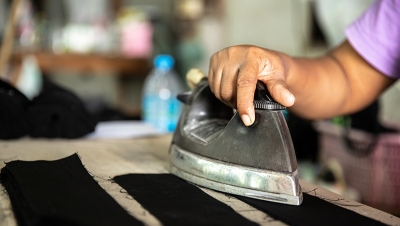Squeezing Workers’ Rights in Global Supply Chains: Purchasing Practices in the Bangladesh Garment Export Sector in Comparative Perspective

Key Insights for Managers
Several buyer purchasing practices are eroding working conditions in supplier factories, according to this study of Bangladeshi factories. Surveys and interviews of factory owners, managers, and workers indicated that buyer pressure to pay lower prices has contributed to lower worker wages and higher worker production targets, according to author Mark Anner. Additionally, factory managers reported that buyers were increasingly delaying paying suppliers, which led factories to delay paying workers.
Many sourcing trends were also found to contribute to poor working conditions among suppliers. For example, buyers requiring shorter lead times led factories to require excessive overtime for their workers. Highly fluctuating order volumes were also found to increase overtime requirements during peak periods because volume uncertainty led factories to hire fewer workers. Greater volume uncertainty was also leading some suppliers to reduce their fixed costs by using lower-cost and thus substandard factory buildings, and by subcontracting orders to other factories. Factory owners also reported that buyers were increasingly ordering a greater variety of product styles and were increasingly changing orders after production began, both of which reduced production efficiency and often led to significant worker overtime.
The negative effects from these sourcing strategies can lead to supplier code of conduct violations in the areas of worker wages, excessive overtime, illegal subcontracting, and factory building conditions. The squeeze on prices and other adverse sourcing practices lead suppliers to pursue union avoidance strategies that often include violations of the right of workers’ to organize. Buyers should examine whether and how their procurement practices might be undermining their efforts to ensure their suppliers are able to comply with codes of conduct.
The study is based on a survey of 223 apparel export factories, a survey of 188 factory workers, interviews with factory owners, workers, and government officials, and an analysis of international trade data.
